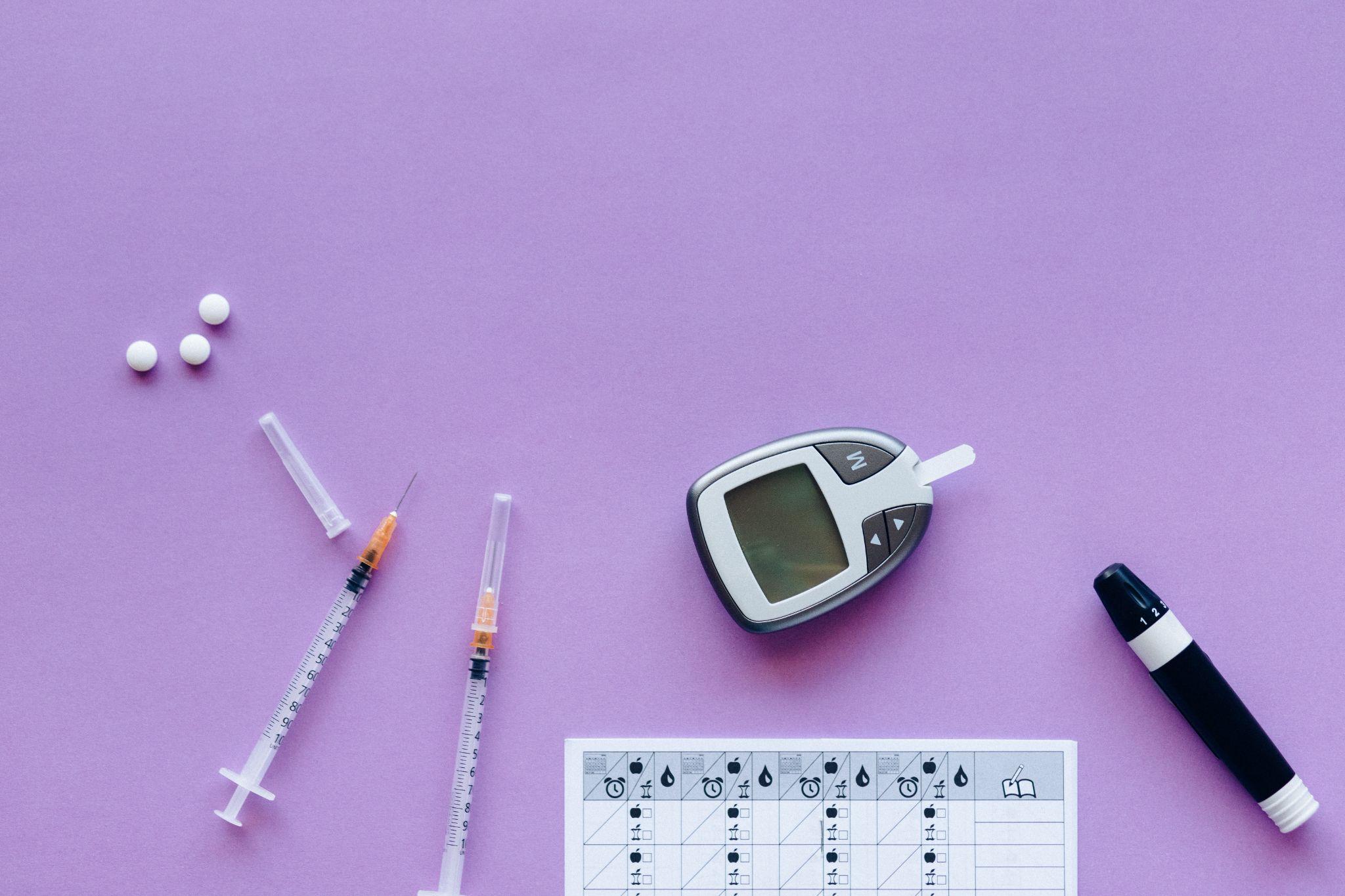
Advancements in technology have laid the foundation for a revolution in the healthcare industry. From patients’ admission to discharge, everything has shifted to computers to minimize human error in processing and securing a patient’s treatment.
Technology is playing an integral part in pushing the healthcare industry forward.
It paves the way for easy and quick patient access to high-quality medical care. Using cutting-edge digital tools has transformed the patient care system with speed, efficiency, and innovative insights. Healthcare providers and patients can leverage technology to find better healthcare solutions if they are familiar with the latest insights.
Here are the six ways technology is transforming healthcare.
Gadgets for patient-centered care
Healthcare gadgets such as wearables, trackers, and sensors empower care providers and patients to monitor vital signs and other crucial health indicators.
These devices can easily manage and regulate weight, stress, and cognitive capabilities. Also, there are devices for tracking heartbeat, blood sugar levels, and hypertension. These powerhouses allow patients to monitor their health easily and share the results with healthcare providers remotely. Moreover, it will enable the patients to take hold of their lives and empowers them to make informed decisions.
For instance, you can track sleep and workouts with the Fitbit Ionic and customize your workout routine with the Polar H10. These applications can help you stay on top of your fitness goals.
Digital solutions for seamless operations
Several digital solutions, such as software and apps, are contributing toward improving the healthcare industry.
Diagnostic labs use laboratory information systems for speedy and seamless delivery of quality services to patients. With easy-to-use interface and automation, these digital platforms can give a 360 view to pathologists. They can easily track specimens and generate customized reports in no time.
Many medical facilities use healthcare management systems to reduce manual labor and automate routine tasks such as communication, follow-ups, scheduling, and billing. Patients can install apps to schedule appointments online without visiting the medical facility. Furthermore, doctors can use digital tools to stay connected with patients, which eases the process of follow-ups.
Fast and Accurate Treatment with AI
Artificial Intelligence (AI) is one of the powerful tools that is transforming the entire healthcare sector. In combination with machine language, AI can mine medical records to predict the onset of diseases and infections. Analyzing data from various sources, including public and private, help in better decision-making and implementing effective healthcare strategies.
Its algorithms can create effective treatment plans and develop drugs in no time. In addition, AI can quickly diagnose critical health issues such as cancerous cells.
In 2020, Google’s DeepMind developed an AI-enabled tool for breast cancer analysis. This innovation outperformed human radiologists in diagnosing breast cancer with new algorithms and surpassed the radiologists’ performance by 11.5%.
Robotics for a variety of patient care services
Robotics has become a considerable part of the healthcare sector, empowered with various exciting capabilities. From exoskeletons to surgical robots to disinfectant robots to pharmabotics, robotics is transforming what doctors and pathologists can do in patient care.
The first ever exoskeleton-aided surgery was conducted in 2019 in which a patient suffering from tetraplegia could control the exoskeleton.
Robotics has been widely used in healthcare for a variety of reasons. It may include assisting nurses in moving elderly or disabled patients unable to move independently. In addition, robots are also working in the capacity of companions. Some notable robots are Pepper, Jibo, and Paro.
VR and AR for conducting precise medical procedures
Virtual reality and augmented reality are shaping the experience of physicians, surgeons, and patients alike. Healthcare setups are using VR and AR technologies for pain management and training of future surgeons. VR headsets have been used to relieve the labor pain of women who can visualize breathtaking landscapes during birth. Moreover, VR, when used as stimuli, has helped reduce pain levels in patients suffering from cardiac, gastrointestinal, neurological, and post-surgical pain.
Companies like ImmersiveTouch and Osso VR are working on VR-empowered software to achieve excellence in training healthcare staff.
Medical students are using AR to visualize the accurate and detailed view of human anatomy with the help of the HoloAnatomy app.
3D-printing for diagnostics
3D printing is a valuable tool for blood vessels, bio tissues, and others. It all started in 2019 when US-based researchers successfully got a print of skin with blood vessels in 3D format.
Skin grafting can achieve desirable and quick results with 3D printing. 3D printing is a breakthrough for diagnosing and treating patients, especially burn victims and acid survivors. In addition, it has been used to produce prosthetics for treating people who have lost their limbs or other body parts while living in war-affected zones.
Several pharmaceutical companies are also using 3D printing to their advantage for drug manufacturing. FDA-approved 3D-printed drugs have been available to the public since 2015.
Final Thoughts
The latest and innovative digital solutions have changed the entire healthcare landscape while benefiting care providers and patients. Medical facilities can streamline operations and optimize performance in a fast-paced environment by employing technology. Hospitals, clinics, and other diagnostic labs can leverage technology to achieve tremendous outcomes. Adapting to modern and latest solutions has become a need of the hour, and every medical facility must consider adopting these performance boosters.
Leave a Reply